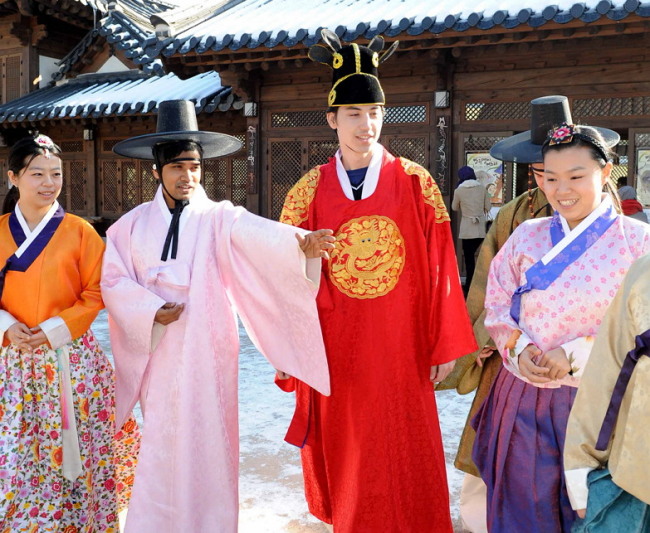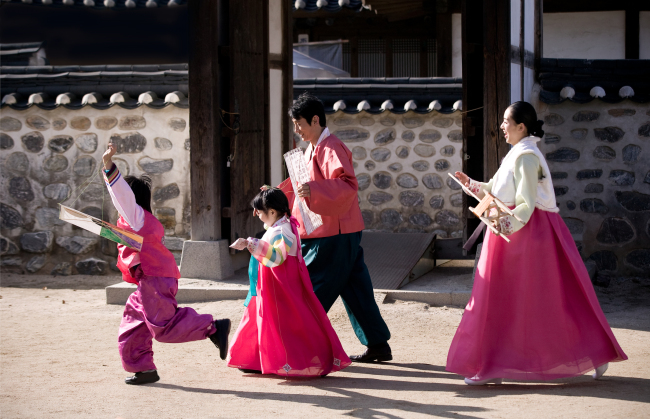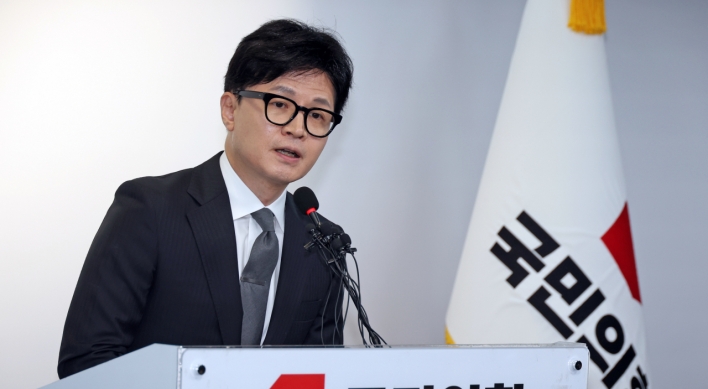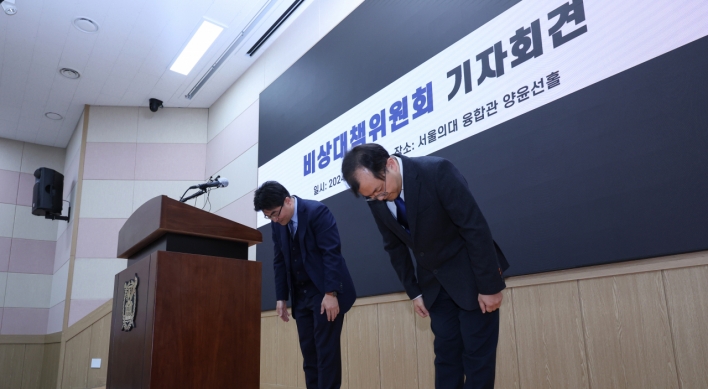[Weekender] Get in the mood for Seollal
While locals ring in Year of Sheep with Confucian traditions, opportunities for fun abound for expats
By Korea HeraldPublished : Feb. 13, 2015 - 19:41
Seollal, or the Lunar New Year, is one of the few times in Korea when tradition comes out from behind its ultramodern facade and to the fore.
During the holiday, which this year falls on Feb. 18-20, most Koreans rekindle with distant family members and pay respects to one’s ancestors through “charye,” offering up a table full of food on the first morning of the New Year.
During the holiday, which this year falls on Feb. 18-20, most Koreans rekindle with distant family members and pay respects to one’s ancestors through “charye,” offering up a table full of food on the first morning of the New Year.

Aside from the ancestral rite, one of the most common practices of Seollal is “sebae,” where children pay respect to their parents and grandparents by getting down on their knees and bowing. Those who receive sebae then typically offer up a monetary reward for such respects.
“It is definitely a foreign concept to most Americans, but I do like that there is a strong emphasis placed on respect,” said expat and English teacher Grant Heilman.
When Koreans flock to their hometowns to revisit their Confucian roots through these ritualistic obligations and family gatherings, Seoul turns into a ghost town with very few shops open or cars and people on the street.

It is eerie, even a bit lonesome, many expats say.
“Seollal is probably one of those times when expats miss their own family back home most and feel lonely,” said Cho Young-mi, an official at the Seoul Global Center, a city-run body tasked with making life in Seoul easier for expats.
“We roll out various programs to help expats make friends, understand the Korean tradition and introduce their own celebration of the New Year,” she said. Those programs, however, finish before Seollal, because the center itself is closed on the holiday.
Still, the upcoming break can be a wonderful time to enjoy city sites and leisure activities in relative quiet.
Most state-run museums, parks and historic sites will open for free to everyone during the three-day break, which leads right into the weekend. Various cultural programs will take place there, including a chance to taste tteokguk, the traditional Korean rice cake soup. For Koreans, eating a bowl of tteokguk represents the passage to being one year older.
Myeong-dong and some other tourist-heavy streets will be just as busy as usual, since the country expects an unprecedented number of Chinese travelers during the holiday.
Whether you want to bid welcome to the Year of the Sheep in true Korean fashion or simply look for ways to enjoy the five-day break, there are countless venues across the city, holding various cultural events this holiday season.
Some of the most popular destinations that are open during Seollal include the Namsangol Hanok Village and the Korean Folk Village, Jongmyo Shrine and all four of Seoul’s palaces (Gyeongbokgung, Changdeokgung, Changgyeonggung and Deoksugung). Those looking for more thrill-seeking, family-friendly fun, Everland, Lotte World and Seoulland will also be open during the holiday.
By Julie Jackson (juliejackson@heraldcorp.com)
-
Articles by Korea Herald



![[Exclusive] Korean military set to ban iPhones over 'security' concerns](http://res.heraldm.com/phpwas/restmb_idxmake.php?idx=644&simg=/content/image/2024/04/23/20240423050599_0.jpg&u=20240423183955)

![[Graphic News] 77% of young Koreans still financially dependent](http://res.heraldm.com/phpwas/restmb_idxmake.php?idx=644&simg=/content/image/2024/04/22/20240422050762_0.gif&u=)




![[Pressure points] Leggings in public: Fashion statement or social faux pas?](http://res.heraldm.com/phpwas/restmb_idxmake.php?idx=644&simg=/content/image/2024/04/23/20240423050669_0.jpg&u=)









